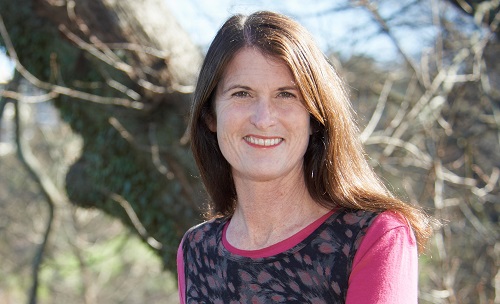Source: University of Waikato
An $11 million University of Waikato-led research project to develop New Zealand’s circular economy has partnered with the Sustainable Business Network, Government agencies and Waste Management to help businesses build a circular economy.
Go Circular 2025 was launched today (22 Sept) and will provide practical tools for businesses to help shift New Zealand from our ‘take-make-waste’, linear economy to a place where waste, pollution and greenhouse gases are designed out of our industries, materials are kept in circulation and our natural systems are regenerated.
Project partners include Āmiomio Aotearoa, led by the University of Waikato and funded by the Ministry for Business, Innovation and Employment (MBIE), the Sustainable Business Network, Ministry for the Environment, New Zealand Trade and Enterprise and Waste Management.
Dr Eva Collins said Āmiomio, launched in 2020, is a multidisciplinary project combining expertise across business, science and engineering to define what a circular economy is for Aotearoa using the principles of mātauranga Māori. It was also exploring the barriers to circularity for businesses and designing products for the packaging and construction sectors from natural resources and materials currently landfilled.
“Our environment has reached a global tipping point. Moving to a circular economy will support New Zealand’s long term competitiveness, create value and enable a transition to a sustainable, low-emission climate resilient future that supports the wellbeing of our people and our place.”
Ministry for the Environment figures estimate households send more than 3 million tonnes of construction and demolition to landfills every year while construction industry waste accounts for up to 50 percent of New Zealand’s waste.
The building and construction industry is also estimated to produce about 20 percent of carbon emissions through the energy and materials currently used in building.
And while Government has pledged to phase out many single use plastics by 2025, New Zealanders currently send 60kgs of plastics per person to landfill every year.
Dr Collins said transitioning to a low-carbon circular economy meant New Zealand could avoid costly extraction, creation, and disposal of resources and instead focus on regenerating healthy, natural systems, but it required a significant shift in the way people think, live and work.
Dr Collins said Āmiomio was pleased to be partnering in the Go Circular 2025 programme as they scaled up their research.
As part of the partnership Dr Collins said Āmiomio would be conducting an in-depth study to identify opportunities for circularity and explore businesses’ understanding of what a circular economy is.
“There are many companies in New Zealand that are showing a real interest in this space but the idea of a circular economy or how you create that is not broadly understood.”
She said many businesses still viewed a circular economy merely as recycling but there was a need to implement much bolder strategies than that.
“We hope our partnership with SBN will define more clearly what a circular economy is and means for Aotearoa and how our businesses and communities can achieve it,” said Dr Collins.
“The Government sees the circular economy as a key driver in creating a low emission, climate resilient future. Āmiomio is working with New Zealand’s key industries to design a circular economy for Aotearoa. The time to act is now.”
Āmiomio Aotearoa involves researchers from across disciplines at the University of Waikato, University of Canterbury, Victoria University of Wellington, Massey University, University of Otago, University of Auckland, SCION, Manaaki Whenua Landcare Research, BRANZ Ltd, and several international partner organisations.



